What to visit
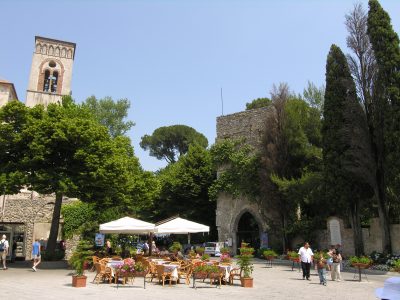
Amalfi and Ravello
Ravello is a famous and scenic tourist center, discovered and visited by many celebrities of all art, attracted by its intellectual appeal and charm of its architecture and its famous villas.
Amalfi, now a thriving holiday resort, was once a powerful and prosperous marine republic, and homeland of Flavio Gioia, the inventor of the compass. The beautiful cathedral, stands at the top of steps leading up from the main square, and houses the remains of the patron saint of Amalfi, Saint Andrew.
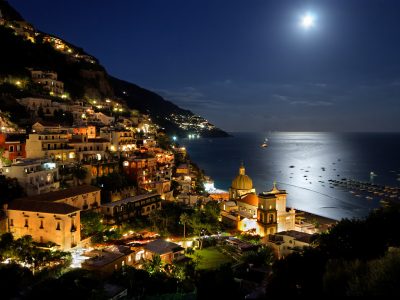
Positano
Positano is one of the most spectacular tourist destination and famous in Italy. The pearl of the Amalfi Coast, famous for its romantic atmosphere, the sea, and the food for the local fashion, clothing and footwear. The Positano sandals, for example, are tailor made directly in the shop, as if to keep the charm of craftsmanship handed down from generation to generation. The village perched on a hill overlooking the sea, walking tour. It will be pleasant to wander among the characteristic alleys full of craft shops and restaurants, and then get down to the sea along the stairs carved into the rock.
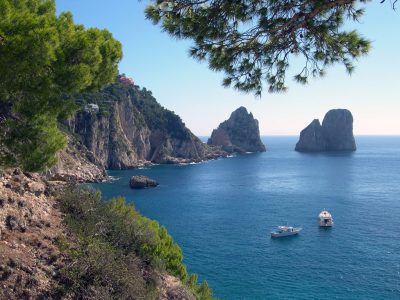
Capri
No visit to Capri is complete without at least a few hours spent on the Mediterranean sea surrounding the island.
Whether you choose to join an organised tour, or rent a private boat with captain, taking to the turquoise waters is the only way to explore some of the most beautiful parts of the island. In fact, many of the most enchanting stretches of the Capri coastline are completely inaccessible by land. By boat visitors are able to reach those secluded bays which are just perfect for swimming or sun bathing - far from the crowds crammed onto the tiny pebble beaches.
A leisurely tour around the island will last roughly two and a half hours, including time for a quick dip in the sea. For those with more time at their disposal, full day excursions can easily be arranged.
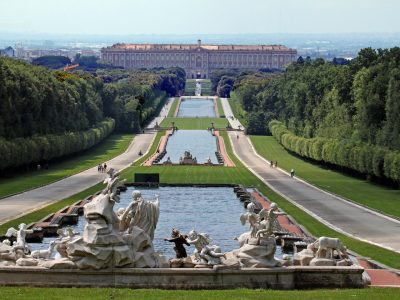
Royal Palace of Caserta
Caserta is known as the "Versailles of Naples" after the Royal Palace built here by the Bourbon King, Charles III, in the 18th century. The enchanting palace overlooking the huge square is one of the most sumptuous buildings of its kind in Italy. It has over 1,200 rooms and is full of paintings and rich decorations. The magnificent gardens are 3 km long and their crowning glory is a 75 metre high waterfall, which can be clearly seen from the palace.
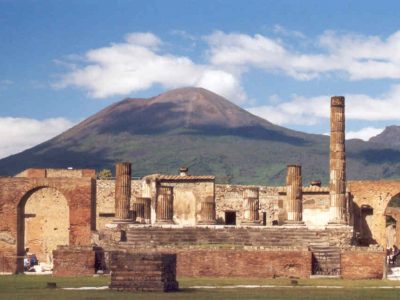
Pompeii ruins
Pompeii holds an intense fascination for visitors today. Following the eruption of the volcano Mount Vesuvius in the year 79 AD, Pompei lay buried and forgotten for hundreds of years and the excavations begun in the 18th Century are still being carried out today. You can see the past prosperity of the town in the Roman villas, bathhouses and temples which have been unearthed. Even an amphitheatre has been found.
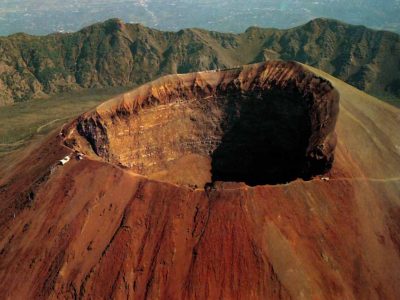
Vesuvius
Mt Vesuvius is the only active volcano in Continental Europe, the most populated and it is also the most extensively studued volcano on the Earth.
The current shape of the volcano is the result of the continual alternation between "explosive" type eruption, which have produced pyroclastic deposits.
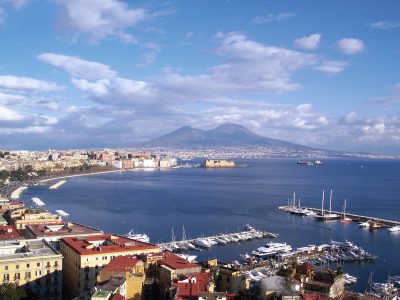
Naples
The city of Naples was probably founded by the Greeks around the eighth century BC, just kilometres from the older town of Partenope; this ‘new town’ or ‘Neapolis’ has been absorbing the influences of its settlers and invaders ever since. Romulus Augustulus, last emperor of the Roman Empire, was imprisoned here after being overthrown in 476. In the sixth century, Naples was conquered by the Byzantines, and it was one of the last duchies to fall to the all-conquering Normans in 1039, as they founded the Kingdom of Sicily. In 1266 Naples and the kingdom of Sicily were given by Pope Clement IV to Charles of Anjou, who moved the capital from Palermo to Naples. In 1284 the kingdom was split in two, and stayed that way till 1816, when they would form the kingdom of Two Sicilies.






